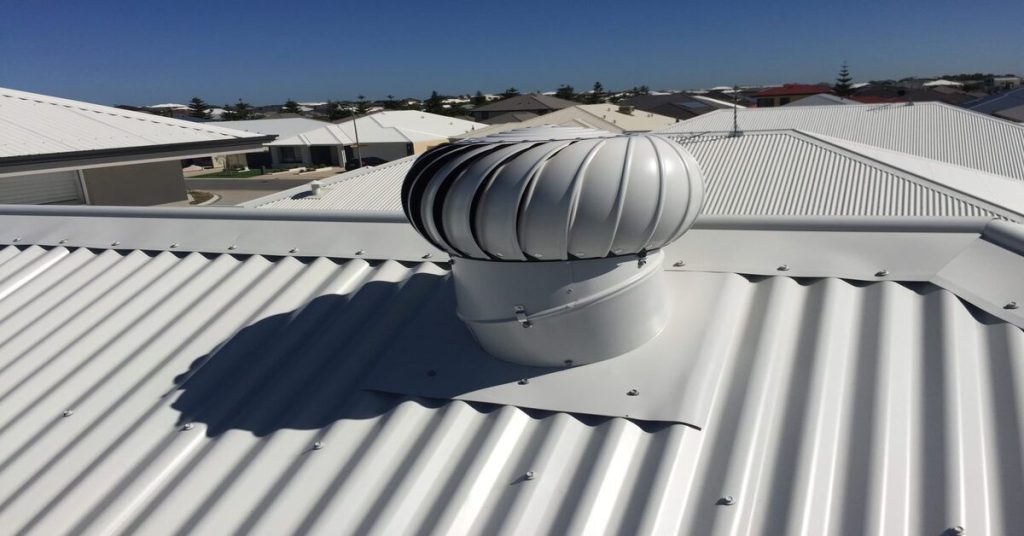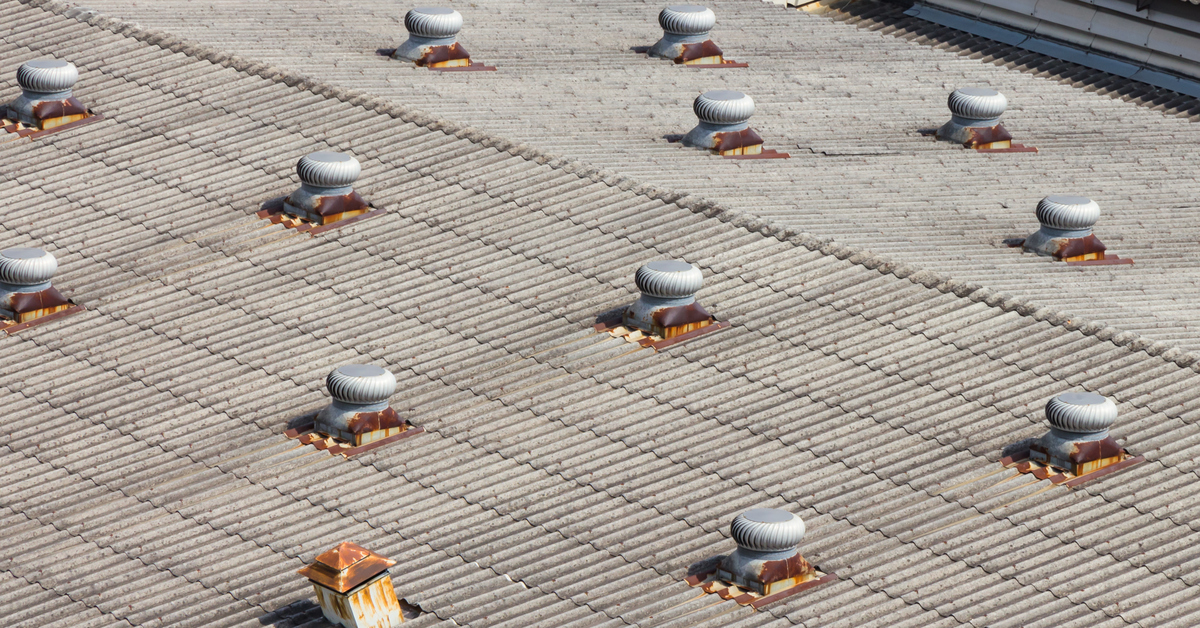

Whirlybirds are a type of wind-powered passive ventilation system often known as turbine vents. They get power from the wind and ventilate your home by using the wind to extract warm air from the attic, leaving fresh air in its place.
You must make considerations towards an excellent roof ventilation system for your home. If you don’t consider roof ventilation, the lack of temperature control can cause your roof shingle to crack. Additionally, not having roof ventilation can result in mould growing in your home.
If you want to install whirlybirds to prevent mould and damage to your roof, you may ask, how many do I need? Read on to get the answer to this question and more.
Why Should You Find Roof Ventilation Crucial?
Before we explain the process of deciding the perfect number of whirlybirds for your roof, we must detail why you need rooftop ventilation.
The purpose of roof ventilation is to keep your attic cool. Doing this will prolong the life of your roof because cooler attic temperatures will prevent shingles from curling and cracking. Additionally, ventilation prolonging your roof’s lifespan means you can save money on maintenance and repairs.
Finally, roof ventilation can extract moisture-laden air in your home to prevent mould from building up and causing structural damage.
How Do Whirlybirds Work?
Whirlybirds are small turbines housed in ventilation on your roof. When the wind blows across your roof, it spins the turbines and draws hot air from the attic. You want this hot air removed because it may also be moist and stale.
The benefits that whirlybirds can provide include:
- Extracting heat from the attic regulates the temperature of your home, which protects your roof from increased aging, cracks and curling. Doing this can prolong your roof’s life and save you money on maintenance.
- Removing stale air from the attic can help improve your home’s air quality. Pairing this with an air conditioning system can enhance air quality further.
- It can control moisture by removing humid air from the attic. Doing this will reduce mould buildup in your house.
- It is an energy-efficient ventilation system; using one can save you money on energy bills.
There are also some misconceptions about whirlybirds we need to address.
For example, you may think that whirlybirds increase roof leaks because of the gaps in the roof needed to install them. However, professional roofers use high-quality sealant for the gaps between the whirlybird and the roof.
Another misconception with whirlybirds is that they’re loud, but this isn’t the case. Modern whirlybird designs have fans with barely noticeable noise levels, especially if you have a low number of them on your roof.
How to Decide How Many Whirlybirds You Need on Your Roof
Deciding the number of whirlybirds for your roof is more complex than you may think.
Consider multiple factors to ensure you purchase and install the correct number of whirlybirds.

Consider Your Area’s Weather Conditions
The weather and climate in your area can be a massive factor when deciding on the number of whirlybirds.
For example, if your climate is often hot, you will need more whirlybirds to effectively extract hot air from your attic.
You also need to check the wind patterns in your area. Less wind will mean that the whirlybirds will be less effective.
Does the Shape and Size of Your Roof Matter?
The size and shape of your roof matters when considering whirlybirds.
You will need more whirlybirds to cover the total roof space if you have a large roof. Additionally, if your roof has multiple peaks and slopes, having a low number of whirlybirds can have an adverse effect on the airflow.
Is the Amount of Attic Space Important?
Like a large roof, a large attic needs more whirlybirds to extract hot air from it sufficiently.
You also need to assess the quality of the insulation in your attic. If you have a lot of high-quality insulation, whirlybirds will provide minimal benefits. They are mainly for attics with poor or no insulation.
Do You Need to Consider Your Roof Materials?
When choosing the number of whirlybirds for your roof, the type of roofing materials most certainly matters. For example, roof materials can retain more heat than others (asphalt shingles, for example). Additionally, if your roof materials have darker colours, they retain more heat.
Roofing materials that retain more heat require more whirlybirds to extract it.
If you don’t want many whirlybirds on your roof or can’t afford it, use reflective roof materials that don’t retain heat.
Can Local Building Codes Influence the Number of Whirlybirds on Your Roof?
Local building codes differ depending on your area, but they may impact the number of whirlybirds you can get if there are ventilation restrictions.
Because of this, you should check your local building codes before committing to a whirlybird purchase. You may need permits in some areas before installing whirlybirds onto your property.
What is Your Budget for Whirlybirds?
You must set a budget before determining the number of whirlybirds required for your roof. However, the factors above may determine that you need a number of whirlybirds that exceed your budget, so you may need to pay more than you initially wanted for the products and installation.
However, you should still consider the purchase because it can save you money in the long term on maintenance, repairs and energy bills.
How to Calculate the Number of Whirlybirds You Need
Once you know the elements you need to consider, you must calculate the specific number of required whirlybirds. The formula for this usually involves measuring your attic space in cubic feet and dividing it by the recommended ventilation rate for that attic size.
Seek professional roofing advice if you need help to determine the final number accurately. A roofing expert will consider all other relevant factors in the final calculation (weather and roof materials, for example).
Do You Need to Maintain Whirlybirds Once They Are on Your Roof?
Although whirlybirds lower the number of times you need to repair your roof, you need to maintain them so they can do this effectively.
You must inspect your whirlybirds regularly, thoroughly clean them by removing any dirt or debris stuck in the turbines and lubricate them so they rotate smoothly. If damaged beyond repair, replace the whirlybirds accordingly.
If doing this yourself, always wear protective gear and don’t work during extreme weather like snow or storms.
Final Thoughts on the Optimal Number of Whirlybirds for Your Roof
The main takeaway from our whirlybird guide is that there is no singular answer to the question, how many do I need? Instead, the number of whirlybirds you require depends on the specifics of your roof and attic.
Consider the weather, roof size and shape, attic space, roof materials, local building codes and running costs before choosing the correct number of whirlybirds for your house.
Excellent ventilation is worth the price, considering the number of benefits you get. Contact us on Rapidridge to learn more about our ventilation options.
